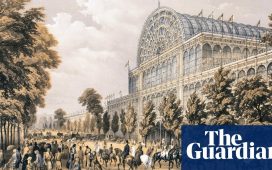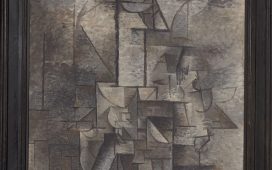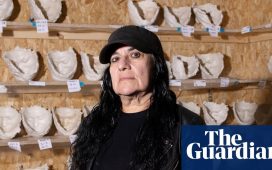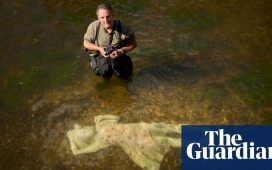The winner of the 2024 Audain Prize for the Visual Arts was announced Tuesday (17 September) in Vancouver, recognising the distinguished Canadian artist Rebecca Belmore with a cash prize of C$100,000 ($73,500). A member of the Lac Seul First Nation (Anishinaabe) based in Vancouver and Toronto, Belmore is a multidisciplinary artist recognised internationally for her performance art, photo-based work and site-specific sculptural installations.
Rooted in the political and social realities of Indigenous communities, for decades Belmore’s art has made evocative connections between bodies, land and language. In 2023 for example, she was commissioned by the Polygon Gallery, in collaboration with the Burrard Arts Foundation, to create a large-format public work in North Vancouver. The commission, Hacer Memoria (2023), presented a series of blue and orange shirts made of tarpaulin, referencing the resilience of residential school survivors and offering an opportunity for the public to acknowledge Indigenous people.
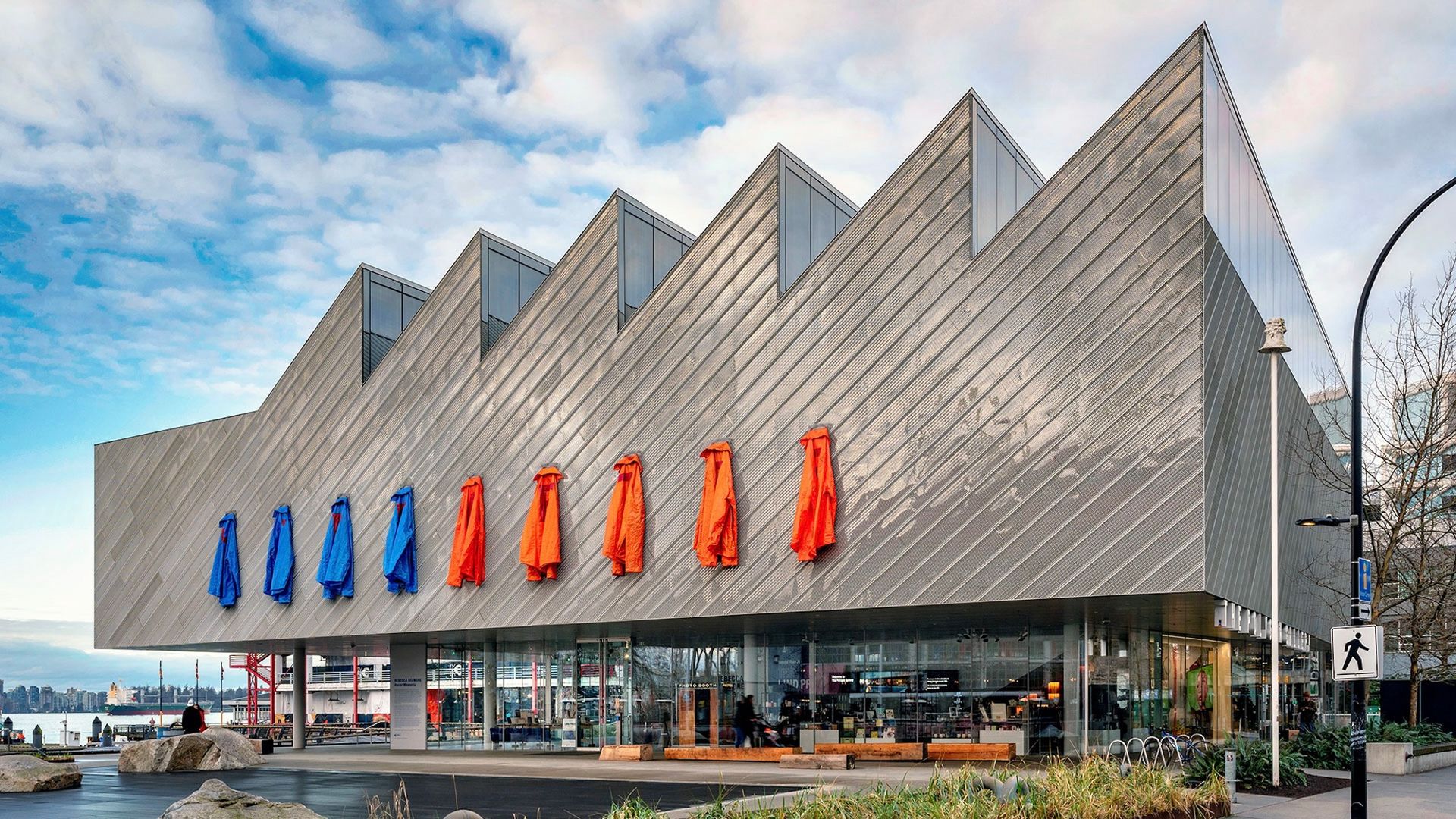
Rebecca Belmore, Hacer Memoria, 2023, installation view at the Polygon Gallery Photo credit: Sarah Akeem Nermo
The Audain Prize ceremony in the Pacific ballroom of the Hotel Vancouver unfolded with a curious juxtaposition of the colonial and the decolonial, which in many ways epitomises the city’s art scene—and also echoes Belmore’s work. Just a few hundred metres from the Vancouver Art Gallery (VAG)—like the hotel, another grand colonial edifice and a forme courthouse—was the site of Belmore’s 2010 protest performance art piece Worth. After a dispute with her gallery, she staged a scene under a banner declaring: “I am Worth More/Than One Million/Dollars/To My People .” In front of VAG, she depicted herself as a kind of crucified Indigenous artist in a powerful act of performance.
The Audain Prize ceremony opened with a traditional Scottish bagpiper ushering in Michael Audain, chairman of the Audain Foundation, as well as the lieutenant governor of British Columbia, Janet Austin, a representative of King Charles III. This was followed by a traditional land acknowledgement from a local Squamish Nation artist named Xwalacktun. For a moment, the scene evoked Belmore’s 2008 performance Victorious, in which she constructed a dress of newspaper and honey for an Indigenous woman standing in for Queen Victoria.
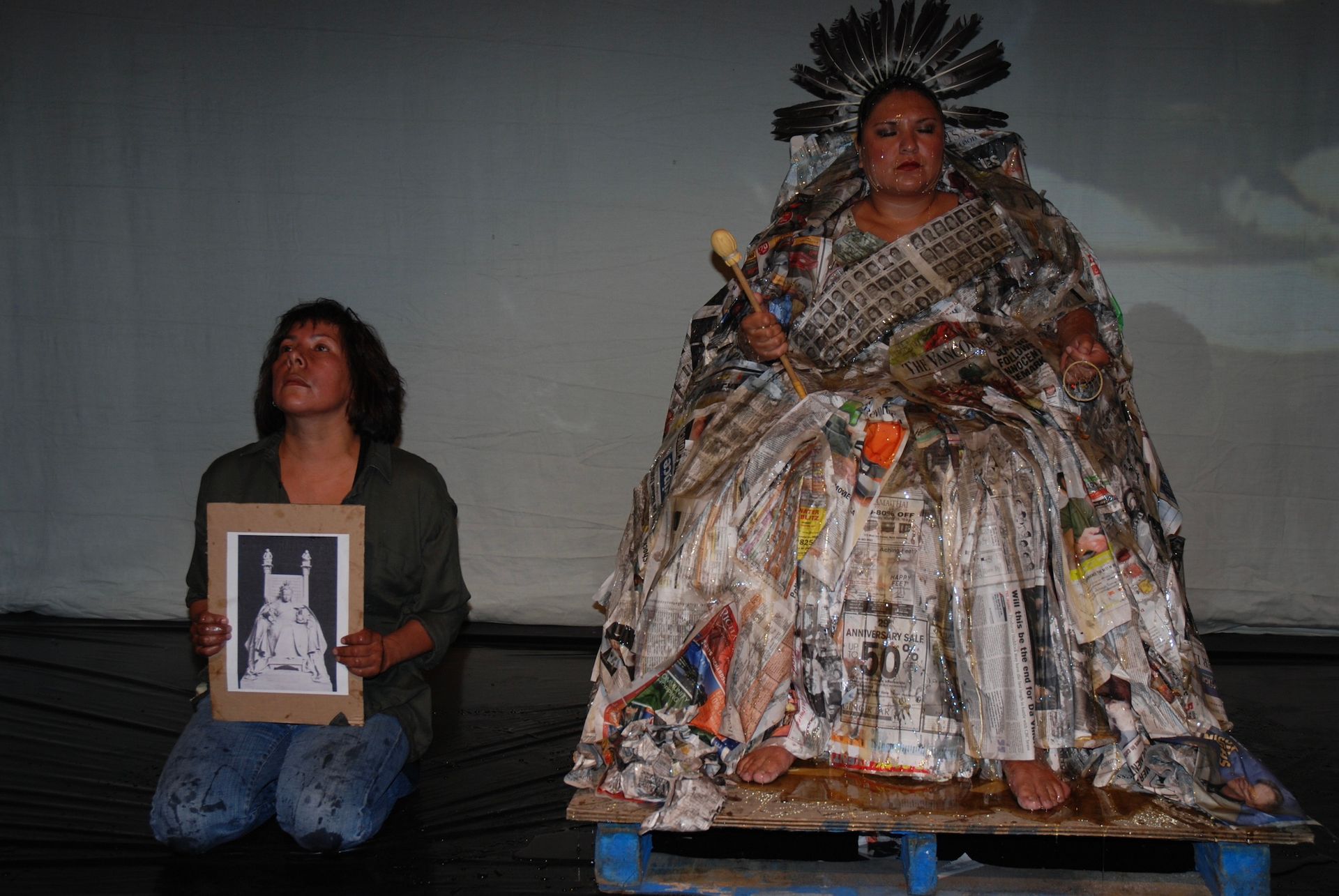
Rebecca Belmore, Victorious, 2008, Performance Photo credit: Harold Coego
The crowd of local artists, dealers and patrons was kept in suspense about the identity of this year’s prize winner until head of jury Scott Watson took the stage to announce the winner. The former director of the Morris and Helen Belkin Art Gallery at the University of British Columbia—which hosted Belmore’s breakthrough solo exhibition in 2002, before she went on to represent Canada at the 2005 Venice Biennale, followed the announcement with a powerful anecdote illustrating the artist’s complicated relationship with the country.
At the after-party for an exhibition opening at the Brooklyn Museum in 2007, Watson recounted Belmore telling him that one of the American artists in attendance had shouted out at her: “Hey Canada—sing something!’” She responded by singing the national anthem, O Canada, in both official languages, while almost strangling herself with a scarf.
Watson told The Art Newspaper that the jury was unanimous in its decision to award Belmore the prize because of her “internationally glorious CV”.Belmore has received the Jack and Doris Shadbolt Foundation’s Viva Award in 2004, the Hnatyshyn Visual Arts Award in 2009, the Governor General’s Award in Visual and Media Arts in 2013 and the Gershon Iskowitz Prize 2016. “Her star is still rising,” Watson said, “and I thought it would be good for her and for the award to have such a visible person doing such relevant and important work.
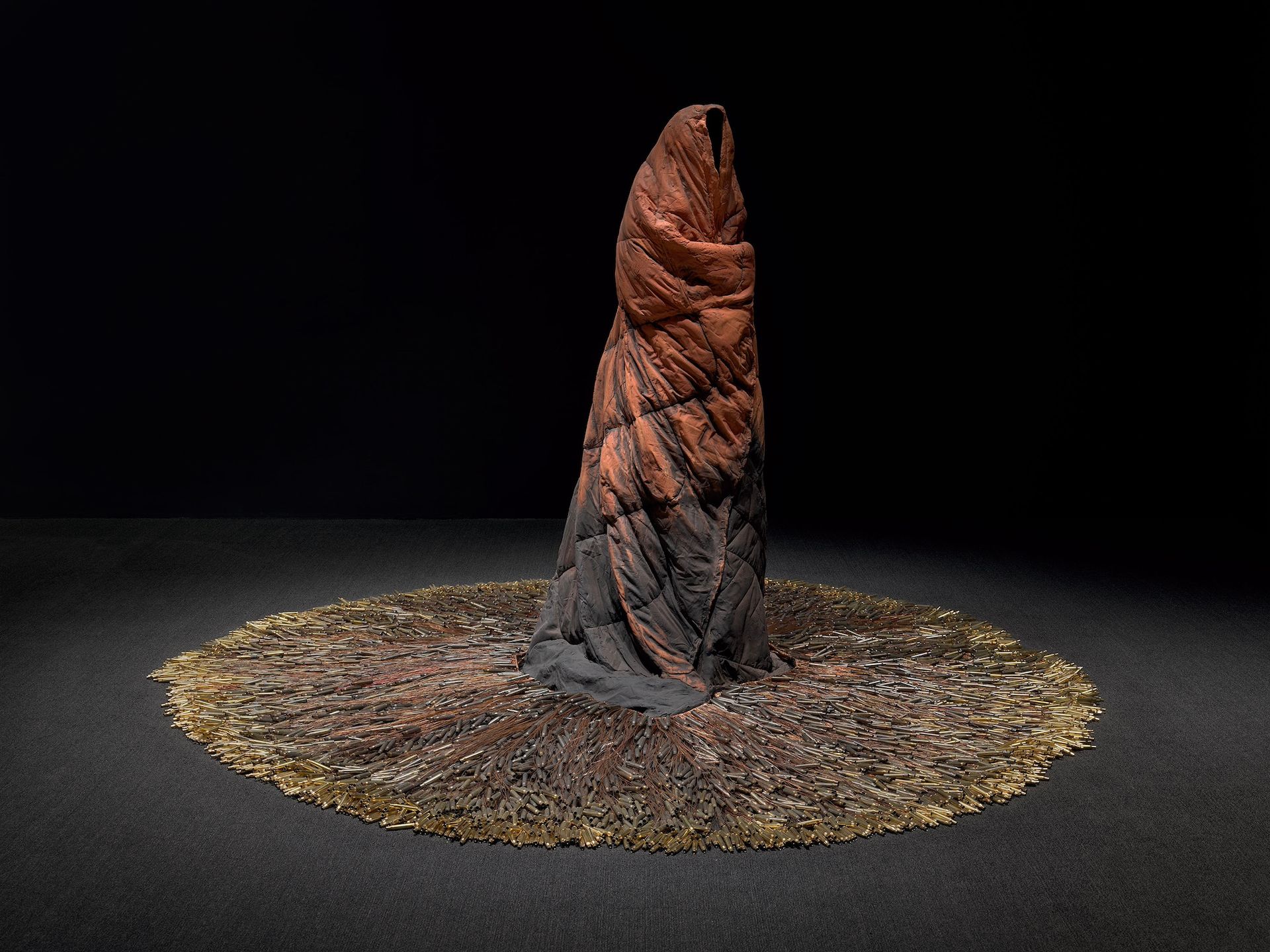
Rebecca Belmore’s ishkode (fire) 2022) was included in the 2022 Whitney Biennial Photo credit: Scott Benesiinaabandan
Her recent solo exhibitions include Turbulent Water at Griffith University in Brisbane, Australia (2021), Reservoir at the Audain Art Museum in Whistler, British Columbia (2019) and Facing the Monumental at the Art Gallery of Ontario in Toronto (2018). She has also participated in many high-profile recurring international exhibitions, including the Whitney Biennial in 2022, the Istanbul Biennial in 2019 and documenta 14 in 2017. She also participated in aabaakwad, an Indigenous-led gathering at the Venice Biennale in 2022.
Belmore thanked Audain for his “ongoing generosity” and “commitment to Indigenous art”.
She told The Art Newspaper that the prize money would allow her to work on an upcoming project debuting at the Hawai’i Triennial in February 2025. It’s a sculptural work, she said, involving hammering nails into Victorian furniture as a means of “piercing the skin of colonialism… in order to reconstruct the future”. Pointing to the chair she was sitting on at the Hotel Vancouver, covered in sumptuous brocade, she added: “Furniture that looks a lot like this.”
Past winners of the Audain Prize include the Lakota conceptual artist Dana Claxton, the photo conceptualist Ian Wallace and the sculptor and hereditary Haida chief James Hart.

